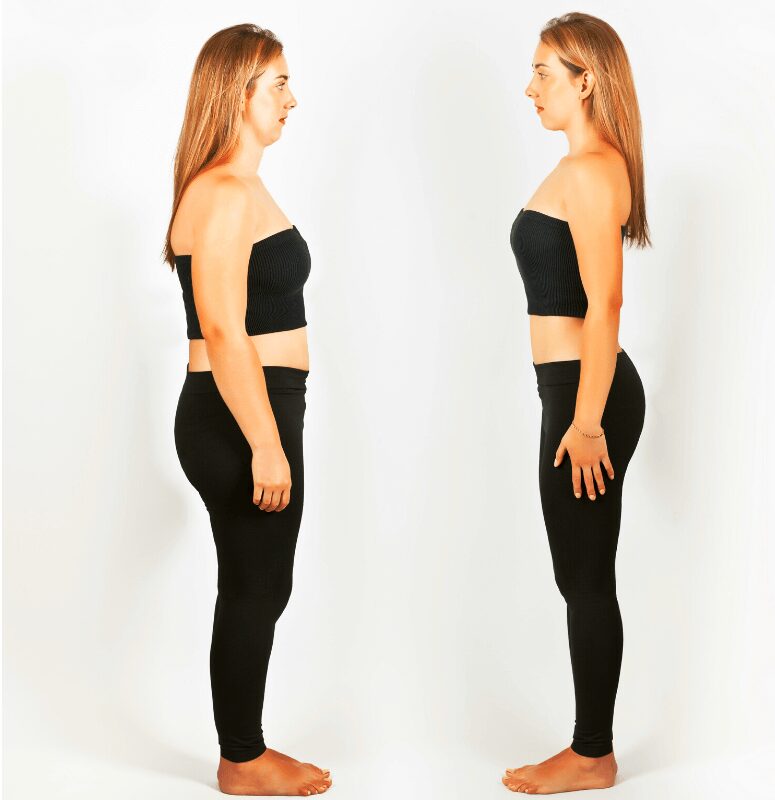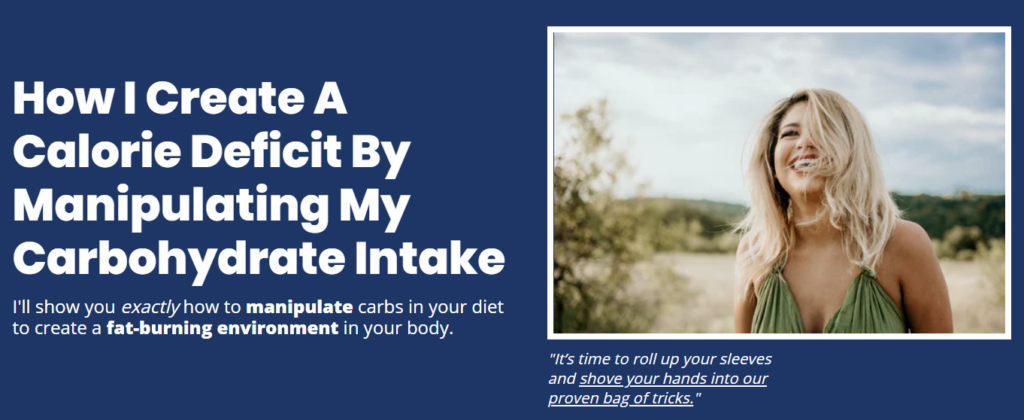Weight Loss Basics: The 3 Foundations of Fat Loss
Most people know that they should be doing cardio, weight training, and eating healthy to lose fat. But it can be hard to figure out exactly what to do in order to get the results you want.
The problem is compounded by all of the conflicting information on the internet about which exercises are best for burning fat, what diet is best for losing weight, and so on. It’s enough to make your head spin!
The 3 Foundations of Fat Loss is a guide that gives you everything you need to know about how exercise and nutrition work together in order to burn body fat effectively. We’ve done all of the research for you so that all you have to do is follow our instructions step-by-step until your goals are achieved!
Weight Loss Basics: The 3 Foundations of Fat Loss (Part 1 of the 3 part series)
Scrap everything you’ve heard about fat loss and start with this article!
The Most Effective Exercise For Fat Loss

If you want to lose weight- start with this beginners program.
For the last 22 years Eugene (My co- author on several programs, including The Dirty Little Book of Dieting) and I, have been getting dirty, in the trenches, training clients.
Over those 22 years, we’ve worked with thousands of clients. Everyone from supremely conditioned athletes to the elderly with special needs.
As you can imagine, we’ve fielded questions about everything under the sun.
“Does beer count towards my water intake?”
“Is mashed potatoes a carb?”
“Do I have to work out my legs? I just want to get big arms.”
“I’ve been doing 20 sets of concentration curls how come my arms aren’t getting any bigger?
“I’ve been doing crunches every day and I still can’t see my abs. How come?”
Of course, the majority of questions stem from the desire to lose fat:
“What diet can I follow that will let me eat as much of whatever I want?”
“How come I’m not losing weight? I ate a salad yesterday”
Most questions have started with “I was reading on the internet that…” Uh Huh. This is a problem.
Although the internet is a fast way to access good information, some of it is out right crap.
Even for those of you lucky enough to come across solid information, you may have found yourself confused by what’s offered as “the solution”.
Concepts like the glycemic index, ketogenic diets, and thermogenics may have your head spinning.
So what I want you to do now is scrap everything you’ve heard about fat loss.
We’re going to start with a blank page. We’ll get you kick started on the 3 foundations of fat loss. From here, you’ll learn how you can manage all the esoteric, fancy stuff with the 3 foundations.
Here Are The Three Foundations of Fat Loss
(i) Strength Training
(ii) Cardiovascular Training
(iii) Diet
(i) Strength Training
Why do we list strength training as the first of the three foundations of fat loss?
First, because it increases the best natural fat burner – lean muscle fiber.
Second, because it’s the only vital, must-do exercise someone looking to lose fat should perform (more on that later).
Third, because it provides the biggest bang for your exercise buck in terms of EPOC (see part 2).
Now, those of you who are afraid of “getting too big” should check out this bodyweight workout.
Why do we want to add muscle fibers; aren’t we trying to decrease the size of our bodies?
That’s right; we want to decrease our body size by decreasing the size of our fat cells – but we want to max out our muscle, as much as we possibly can!
Here’s Why…
The Faster Your Metabolism, The More Body Fat You Burn
Having more muscle immediately raises your metabolic rate (the number of calories you burn each day- even if you’re lying in bed).
That’s right – having more muscle fiber on your body increases the number of calories your body burns- even on your days off! Even sitting around watching TV!
It’s estimated that a pound of muscle burns an additional 15 to 30 calories per day, so if you were to gain, say, a mere 5 pounds of muscle to your frame, you’d be burning an additional 75 calories each and every day (to lowball it).
That’s an extra 27,375 calories each year, or the equivalent of nearly 8 pounds of fat! So instead of you working on your body, you’re putting your body to work for you.
Not only does adding muscle fiber increase your metabolic rate, it also strengthens the muscles themselves, and the connective tissues- protecting you from injury, and giving the body a more aesthetically pleasing, healthy appearance.
Where did you think the “shape” of your body came from? Not your bones and joints!
Creating A Caloric Deficit Is The Key To Weight Loss
Finally, if you’re creating a caloric deficit by eating fewer calories than you burn each day (like you should be doing), your body is in a catabolic state – meaning, it will be burning its own tissues for energy.
That’s great! That’s what we want – if the tissue its burning is FAT. Problem is, the body doesn’t discriminate – it’ll burn protein just as readily as fat, and you’ll start to lose whatever muscle you already have.
And the only way you can avoid this process is with weight training. By weight training, you’re telling your body, “Hey, don’t touch the muscles, they’re good and necessary.”
By weight training, your body will avoid using protein (muscle) and burn body fat to make up its energy deficit.
This one reason is the MAJOR factor why 95% of people who diet FAIL. They diet correctly, but their bodies burn muscle as well as fat.
Fast forward, their metabolism slows (since they’re missing all that active, living muscle) which makes it far easier to put on weight again, even if they continue eating properly!
They put the weight back on, and it gets harder and harder each time to lose it again (sound like anyone you know?).
“Great – you’ve convinced me! So what do I do?”
Easy – reach into your wallet, pull out your credit card, and give us a call.
Just kidding.
Prescribing a beginners weight training program that addresses all the particular issues of each individual is beyond the scope of this “overview” article.
However, we can offer you the basic principles, and you should be able to connect the dots from there (or, you can just check out the advanced fat loss program we’ve written into the Dirty Little Book of Dieting).
Your Weight Training Program Should Consist of These 8 Basic Movements
1) Squatting.
2) Deadlift (pulling).
3) Pressing (overhead).
4) Pressing (horizontally).
5) Pulling (horizontally).
6) Pulling (vertically).
7) Crunching/flexing of abdomen.
8) Rotation of Abdomen.
Select exercises that work these functions of the body, or ones that are similar. For example, instead of squatting, you could use the leg press machine at the gym.
Initially, choose a weight you can comfortably use in good form. Perform these exercises in a smooth and controlled manner. The only thing you’ll lose from jerking the weights around is your limb.
Start slowly and work your way up to challenging weights progressively by increasing the weight loads a little bit each week.
Aim for 2-3 workouts a week, and don’t dilly-dally around the gym. Keep your rest periods short (no longer than 30 seconds), and aim to get done in 30 minutes or so.
That wraps up part 1 of the Foundations of Fat Loss series. Head over to part two now: Cardio- The Second Foundation of Fat Loss.

